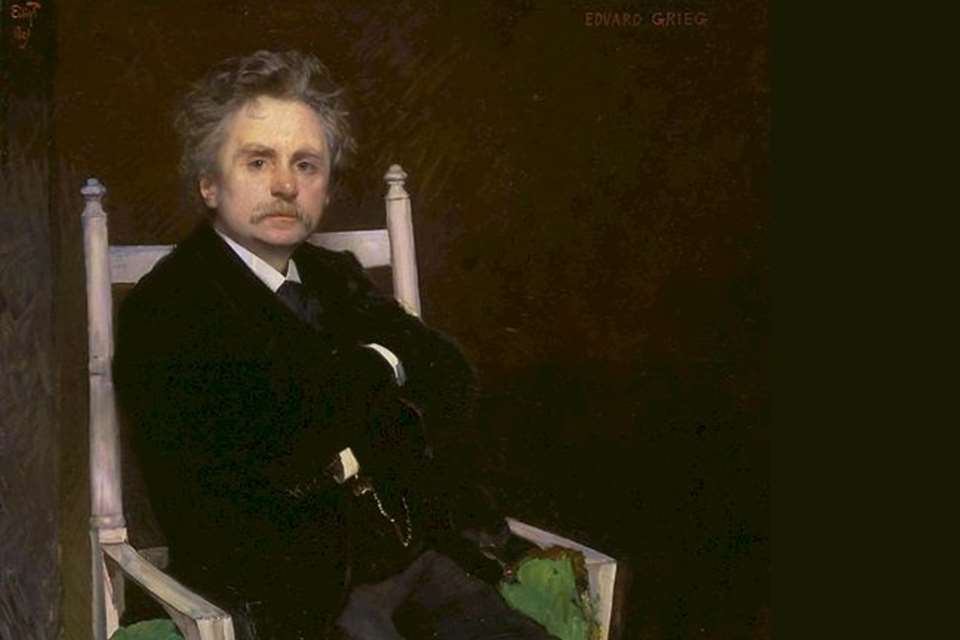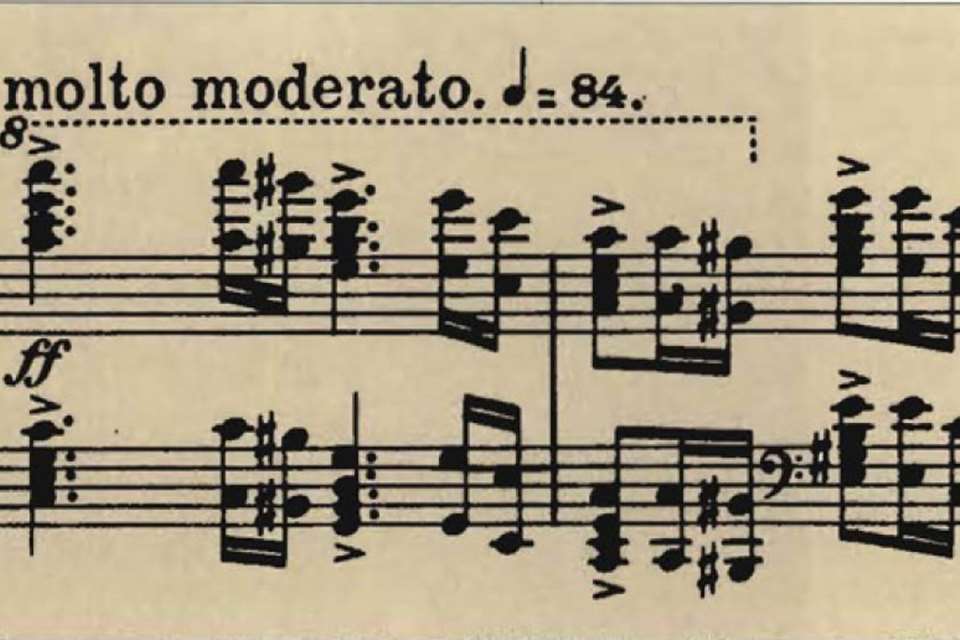Grieg’s Piano Concerto: A deep dive into the best recordings
Jeremy Nicholas
Thursday, February 10, 2022
Grieg’s Piano Concerto has been tackled by many great pianists, but not all of them strike the right balance between refined pianism and Lisztian zest. Jeremy Nicholas surveys recordings spanning a century
Register now to continue reading
Thanks for exploring the Gramophone website. Sign up for a free account today to enjoy the following benefits:
- Free access to 3 subscriber-only articles per month
- Unlimited access to our news, podcasts and awards pages
- Free weekly email newsletter










